It’s easy and it just makes sense.
I eat a lot of yogurt. I like yogurt for breakfast — especially with granola — and yogurt for snacks. I eat salad dressing with yogurt in it, enjoy frozen yogurt, and sometimes even eat flavored yogurt for dessert.
I buy plain, non-fat, Greek yogurt. Greek yogurt is basically the same as regular yogurt but with a lot of the excess whey removed. You know what whey is if you’ve bought yogurt or cottage cheese or ricotta in a large container and used only some of it: it’s the liquid that accumulates at the top after you’ve scooped some out.
Greek yogurt is more properly known as strained yogurt and is also called yogurt cheese or labneh. You can read more about it on Wikipedia.
Not All Greek Yogurt is Created Equally
Creamy, delicious Greek yogurt has become wildly popular. Unfortunately, that’s causing a serious environmental problem: an overabundance of whey, the by-product that must be discarded. As this excellent article about the problem in Salon mentions, there’s 2-3 ounces of whey for every ounce of Greek yogurt produced. This video explains the problem and potential solutions:
A quick video explains the problems with mass-produced Greek yogurt and some possible solutions.
The article also suggests that you can help the environment by making your own Greek yogurt (instead of buying it) and using the whey that’s produced in your own kitchen and garden.
What some Greek yogurt makers are doing to circumvent the problem is “faking” Greek yogurt by adding artificial thickeners. The article, “Greek Yogurt: What’s Real & What’s Not,” lists the actual ingredients of many popular plain Greek yogurts. You might be surprised to learn that your favorite creamy yogurt is made that way by the addition of thickeners like corn starch and gelatin. This is covered in articles like “Greek Yogurt Wars: The High-Tech Shortcuts vs. The Purists” on The Kitchn and “High-Tech Shortcut To Greek Yogurt Leaves Purists Fuming” on NPR’s The Salt.
Real yogurt should have just two ingredients: milk and active yogurt cultures such as S. Thermophilus, L. Bulgaricus, L. Acidophilus, Bifidus and L. Casei.
I don’t know about you, but when I buy yogurt, I’m not interested in buying corn starch and gelatin. Take-away lesson: Read the ingredients list and make sure you’re paying for what you really want.
Or make your own.
The Recipe
My wasband wasn’t a big yogurt eater, but he told me, time and time again (as we often do in long-term relationships) that his Armenian grandfather used to make his own yogurt. I was kind of impressed, mostly because I thought it was difficult to do. That’s until I stumbled onto a recipe posted by my friend Tammy on her blog. I tried it and had immediate success. Since then, I make about half the yogurt I eat.
Tammy’s recipe can be found here. It’s got lots of photos with the step-by-step instructions. I find myself searching for the recipe time and time again; for some reason I can’t remember the important temperatures. So I’ve decided to put the short version here, mostly for my own reference. I recommend you stop by Tammy’s site and read it there before you try it. And then leave her a comment telling her about your results. I think she’d like that. (Most bloggers do like comments.)
Tools:
I don’t usually include a Tools section in my recipes, but there are four that you must have (beyond what you might expect in a recipe):
- Thermometer. I use an instant read meat thermometer. It needs to go up to at least 200°F. Temperature is extremely important in this recipe, so don’t try it if you can’t take an accurate temperature reading.
- Whisk. I have a plastic whisk, but that’s because I use non-stick cookware. A regular metal wire whisk should be fine.
- 2 1-quart mason jars with tight-fitting lids. Even if you don’t can your own foods, you really should have a few of these around your kitchen.
- A small cooler taller than the jars. Make sure it has a tight-fitting lid.
Ingredients:
- 1/2 gallon non-fat milk. I used to make this by the quart, but when I started “Greeking” it (see below), the yield was lower so I started making 2 quarts at a time.
- 1/4 cup real plain yogurt with active yogurt cultures. Did you know that not all yogurt is just yogurt? I discuss that above, in case you skipped it to get to the recipe. I recommend the following Greek yogurts: Chobani, Dannon Oikos, Trader Joe’s, Athenos, and Stonyfield. If not using Greek yogurt as a starter, check the ingredients list to make sure the only ingredients are milk and yogurt cultures. This quantity, by the way, is more than Tammy uses. Let it get to room temperature.
Instructions:
- Heat the milk to 190°F, stirring occasionally. I do this in a microwave. I have a huge glass measuring cup that holds 1/2 gallon. I put it in the microwave and heat it on high. In my current microwave, it takes 20 minutes to get to 190°F. I know this by repeated temperature readings as I heated it. (My old microwave in Arizona had a temperature probe, which was probably its best feature — and definitely the reason I packed it when I moved. I’d put the probe in the milk, tell the microwave I wanted the milk at 190°F, and it would simply stop zapping when the temperature reached 190°. I’m looking forward to installing it in my new kitchen — despite the fact that it’ll be nearly 30 years old by then.) Of course, you can always do this in a pot on the stove.
- Remove the milk from the heat source and allow to cool to about 120°F. I do this by letting it just sit on the stovetop.
- In a small bowl, mix about 1/4 cup milk with the 1/4 cup yogurt. This smooths out any lumps and makes it easier to blend with the rest of the milk in the next step.
- Whisk in yogurt/milk mixture in to the rest of the milk. Mike sure it’s blended well, but try to minimize bubbles.
- Pour the milk mixture into the mason jars. Fill them to the very top. Then close them up tight.
- Place the mason jars into the cooler and fill the cooler with the hottest tap water you can get out of your sink. My water heater delivers 130°F water in my kitchen, which is just a tiny bit too hot for my hands — but otherwise perfect, in my opinion. Fill to the very top of the jars, almost so they’re floating in it.
- Cover the cooler tightly and set aside for 6-8 hours. When I made this in Arizona in the spring and autumn, I used to set it outside on the patio in the shade. In the winter, it stayed inside. The idea is for the water (and milk) to cool slowly.
- Remove the jars from the cooler and discard the water.
At this point, the jars should contain yogurt. You can pop them in the fridge to enjoy at your leisure or “Greek” it.
“Greeking” the Yogurt
My only gripe with Tammy’s recipe — or at least the way it usually came out for me — was that the yogurt tended to be very runny. I don’t like runny yogurt.
I started making yogurt right around the time I discovered Greek yogurt. I actually stopped making yogurt because I preferred Greek yogurt and didn’t know how it was made.
Then I did some research and discovered that all I needed was one more step: strain out the extra whey.

You can get this nice Greek yogurt maker for about $22 on Amazon.com.
While you could do this with cheesecloth in a strainer and make a big mess on your countertop or in your fridge, I went online to Amazon.com and bought a gadget: a Euro Cuisine Greek Yogurt Maker.
To “Greek” your homemade yogurt, add these steps to the recipe above.
- Refrigerate the yogurt. I suggest overnight to really chill it down and give it as much substance as it can get on its own. Just put the jars in the fridge.
- Empty the yogurt into a strainer lined with cheesecloth or a nifty Greek yogurt maker like the one I bought. If using a strainer, you’ll want a bowl beneath it to catch the whey.

This yogurt has been straining in my refrigerator for about 90 minutes. The yellow liquid is whey.Let strain for 2-4 hours, preferably in the refrigerator. The amount of time you allow it to strain will determine how thick the yogurt is. I have, in the past, forgotten about it and let it go overnight. The resulting yogurt was too thick, almost like cheese.
- Remove the yogurt from the strainer and place it into a container you can seal. I use (ironically) old yogurt containers.
- Give the yogurt a good stirring. This will smooth out any lumps and make it creamier.
- Store in the refrigerator. Obviously.
The removal of the whey should cut the total quantity of yogurt in half.
If you’re wondering what to do with the whey, this page has some excellent suggestions. I give it to my chickens and blend it with water for my tomato plants. I also, on occasion, make it into ricotta. As you might imagine, its very high in calcium but supposedly tastes very bad on its own. I’ve been too cowardly to try it.
Cost Considerations
One of the most mind-blowing things about making my own Greek yogurt is the cost savings. Yesterday, I spent $1.69 on half a gallon of skim milk. I already had yogurt for the starter and can use the yogurt I made for the next starter, so there’s no additional cost. This half gallon of milk will yield about a quart of Greek yogurt.
The last time I bought Greek yogurt, it cost $5.89 for a quart. So I’m saving more than $4 every time I make it instead of buy it. With two quarts a week — my average consumption — that’s $416/year saved.
And you know what Ben Franklin said about saving pennies…
Flavoring Yogurt
I have two things to add here.
First, a while back when I posted on Facebook about making yogurt and included a photo, one of my friends commented to ask, “When do you add the flavor?” Well, there’s no reason to add flavor because yogurt already has flavor. It’s yogurt flavor.
However, if you like to add flavor, you can always mix in some honey or a spoonful of your favorite jam or preserve. I like apricot, which I keep around mostly for a condiment on grilled pork.
And that brings up my second point, also from Facebook. A friend posted an image of a bowl of yogurt with fresh strawberries on top of it. Her caption: “This is how you flavor yogurt.”
Yes, fresh fruit is the best way to do it. Don’t add sugar; add more natural ingredients. It’s more healthy for you and it really is quite tasty.
What do you think?
Do you make your own yogurt? Do you think it’s worth the time?
Share your tips, thoughts, and recipes (or links to recipes) in the comments for this post.



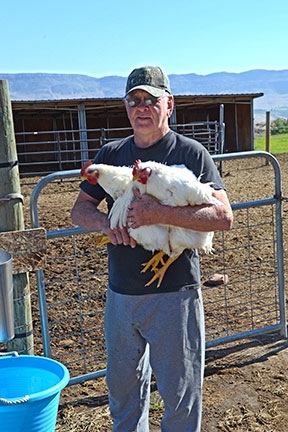
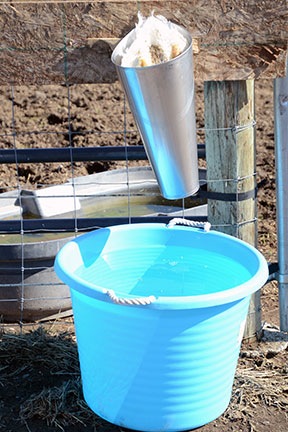
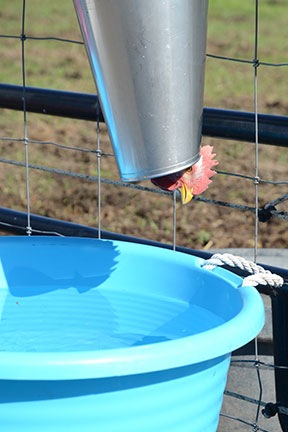
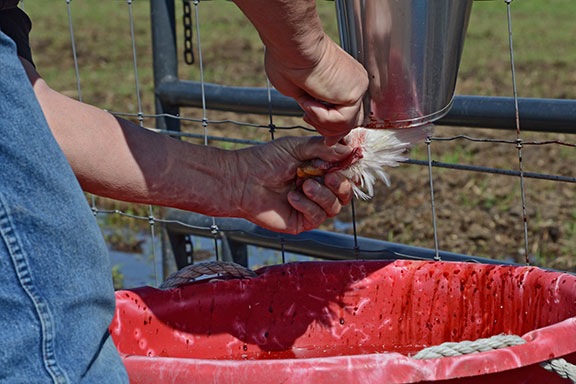
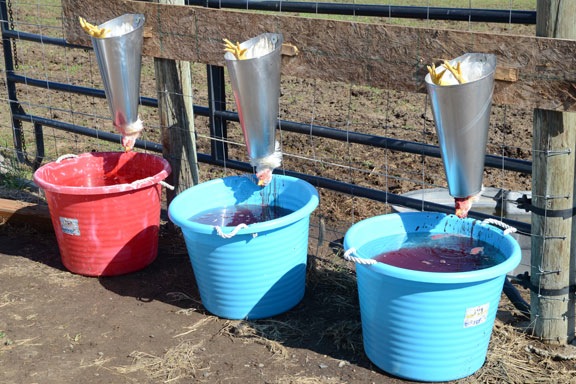
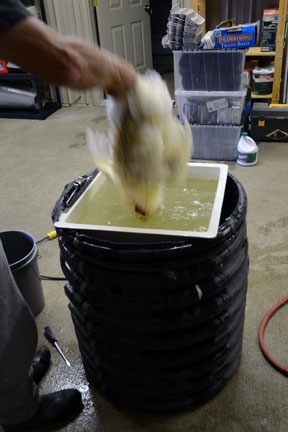
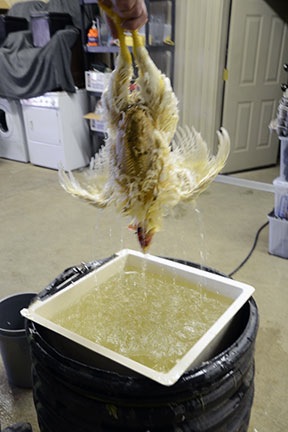

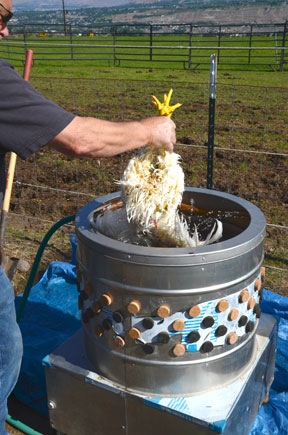
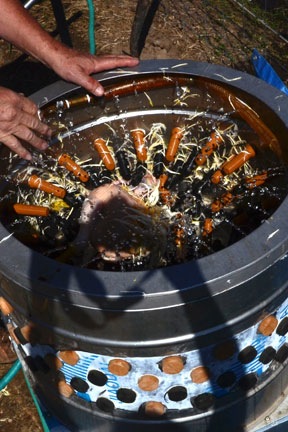
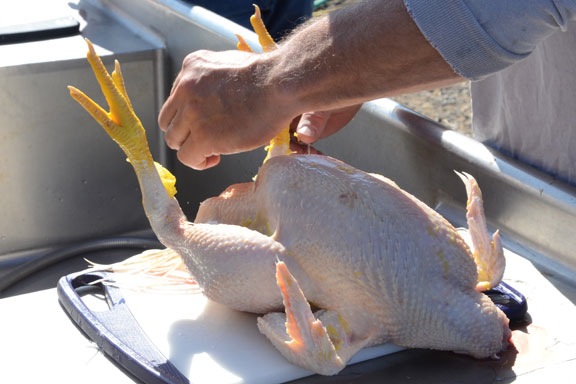
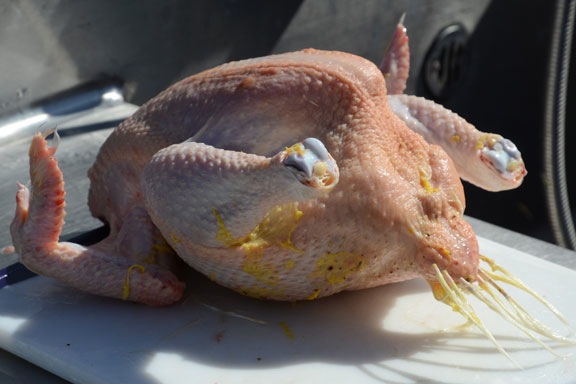
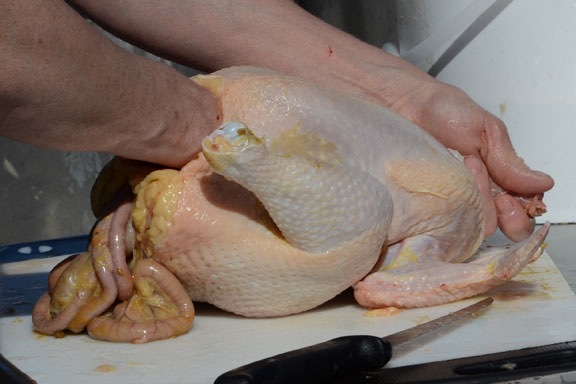
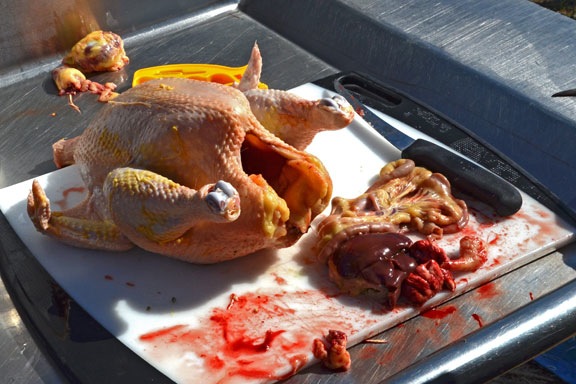
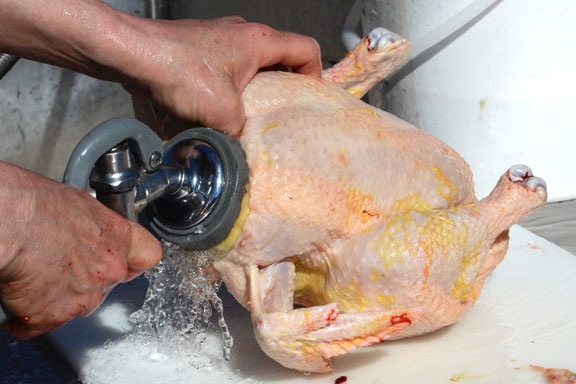
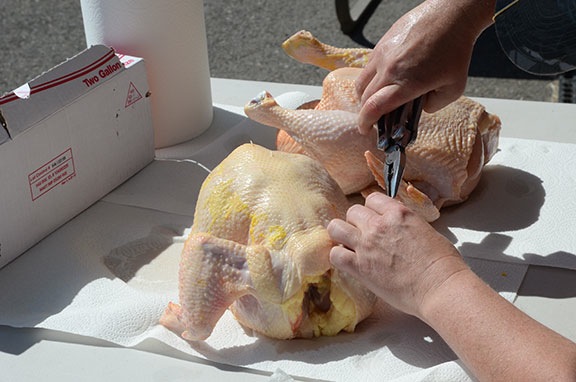

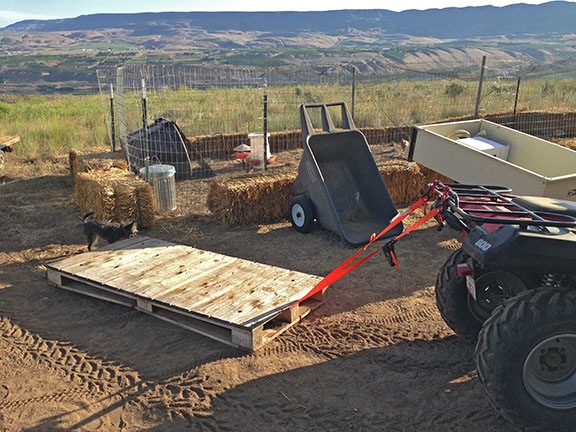
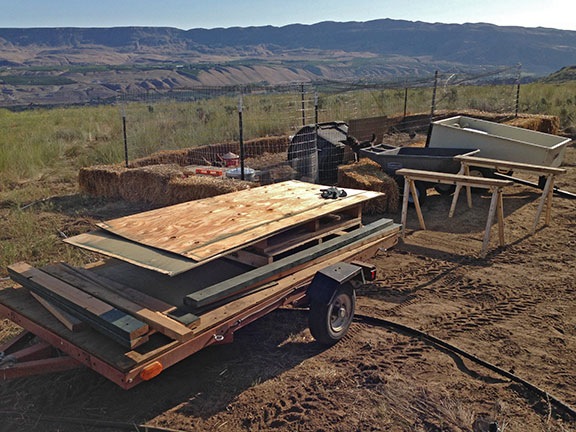
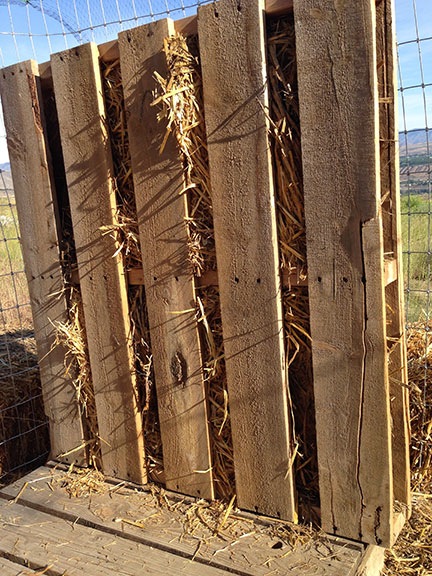
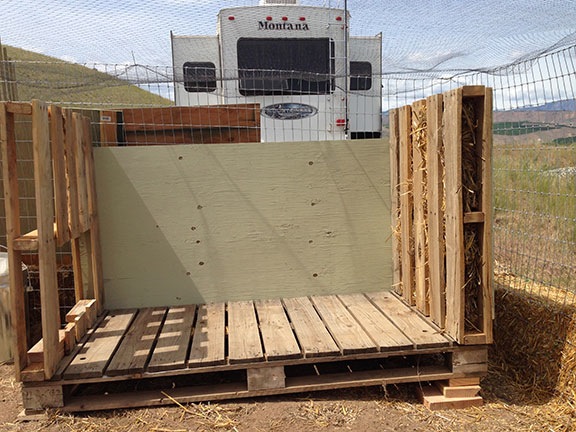
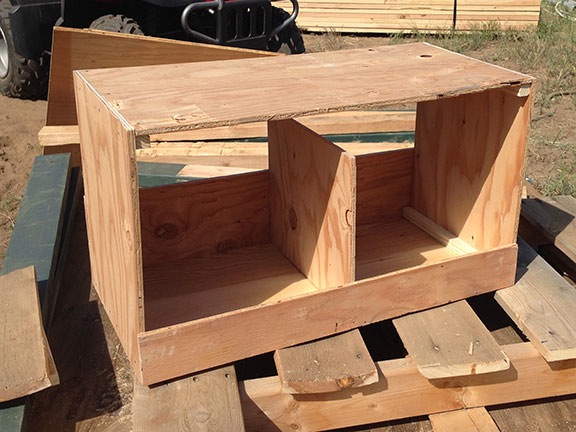

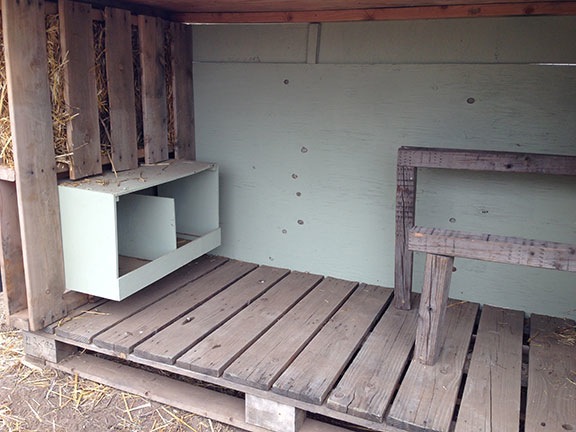
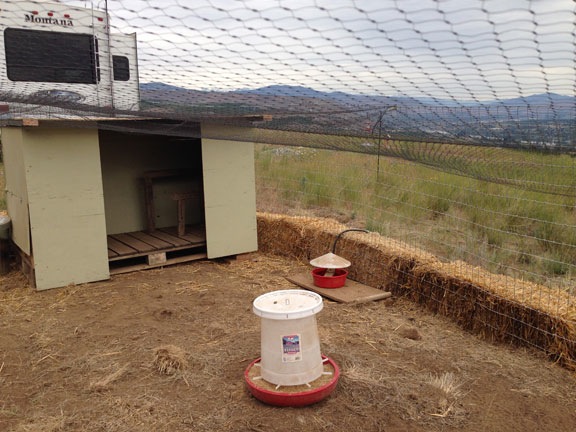

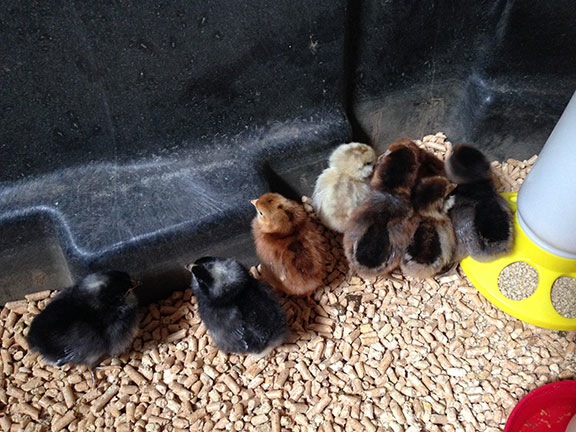

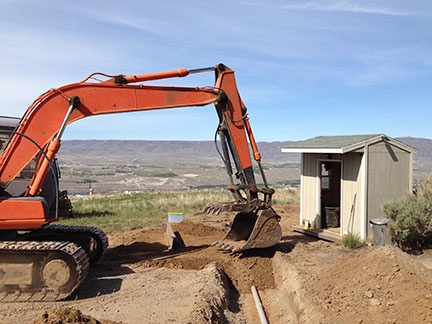

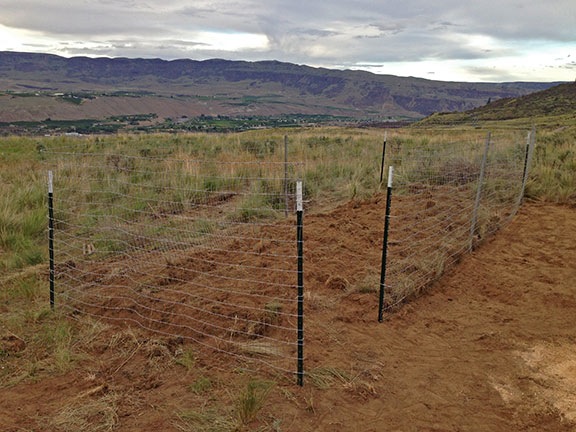

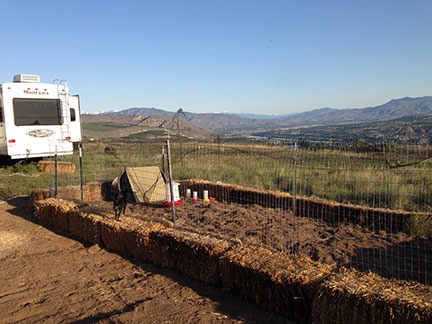
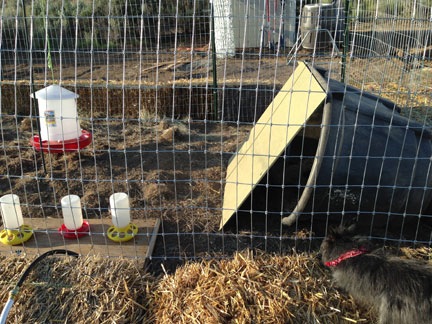
 Mr. Rooster (that’s the name I give all my roosters) has been kicked out of the chicken coop. One of two roosters in my flock, the girls prefer his rival, the other Mr. Rooster. They’re particularly upset by exiled Mr. Rooster chasing them out of their nests while they’re trying to lay eggs. (It’s quite obvious he isn’t “getting enough.” Wink-wink, nod-nod, say no more.)
Mr. Rooster (that’s the name I give all my roosters) has been kicked out of the chicken coop. One of two roosters in my flock, the girls prefer his rival, the other Mr. Rooster. They’re particularly upset by exiled Mr. Rooster chasing them out of their nests while they’re trying to lay eggs. (It’s quite obvious he isn’t “getting enough.” Wink-wink, nod-nod, say no more.)